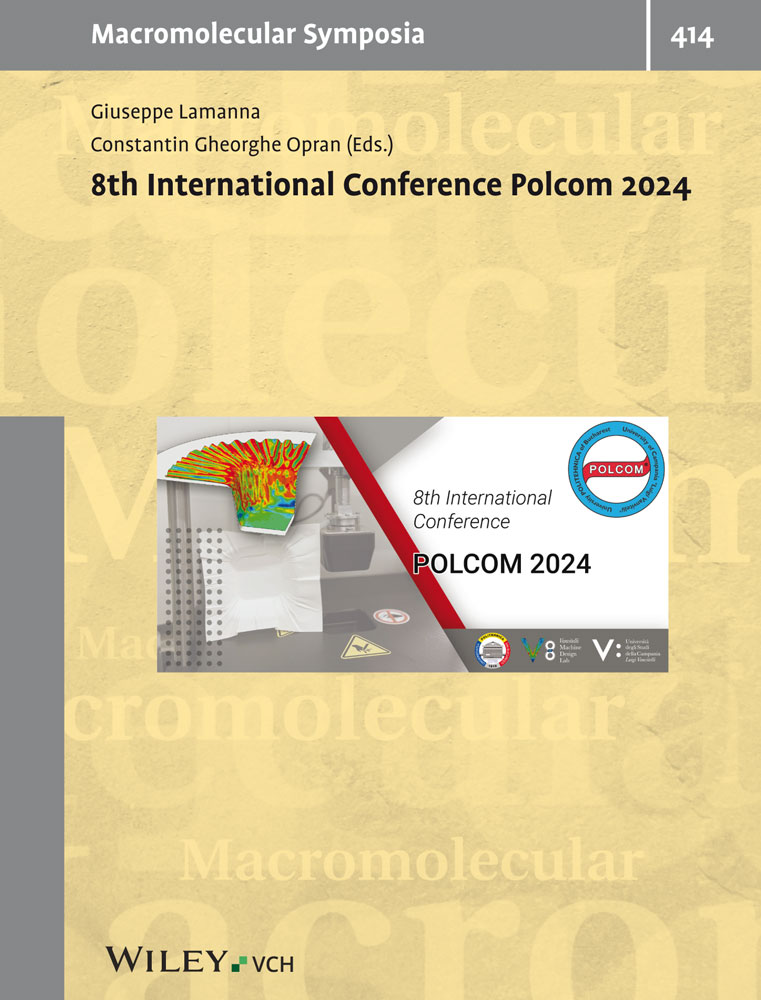Buildup of ultrathin multilayer films by a self-assembly process, 1 consecutive adsorption of anionic and cationic bipolar amphiphiles on charged surfaces
Abstract
An anionic and a cationic bipolar amphiphile containing rigid biphenyl cores were synthesized. The compounds were dissolved in a mixture of dimethylsulfoxide (DMSO) and water and pure water, respectively. When a solid substrate with a positively charged planar surface is immersed in the solution containing the negatively charged bipolar amphiphile, a monolayer of the amphiphile is adsorbed and due to its bipolar structure the surface charge is reversed. After rinsing in pure water the substrate is immersed in the solution containing the positively charged bipolar amphiphile. Again a monolayer is adsorbed but now the original surface charge is restored. By repeating both steps in a cyclic fashion alternating multilayer assemblies of both compounds are obtained. It is demonstrated that multilayer films, composed of at least 35 consecutively alternating layers, which corresponds to a total film thickness of 170 nm can be assembled.




